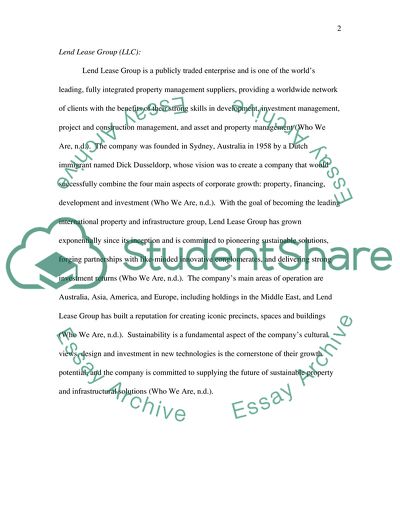Cite this document
(Financial Industry: the Worst Financial Crisis Research Paper, n.d.)
Financial Industry: the Worst Financial Crisis Research Paper. Retrieved from https://studentshare.org/finance-accounting/1754813-property-finance-and-taxation
Financial Industry: the Worst Financial Crisis Research Paper. Retrieved from https://studentshare.org/finance-accounting/1754813-property-finance-and-taxation
(Financial Industry: The Worst Financial Crisis Research Paper)
Financial Industry: The Worst Financial Crisis Research Paper. https://studentshare.org/finance-accounting/1754813-property-finance-and-taxation.
Financial Industry: The Worst Financial Crisis Research Paper. https://studentshare.org/finance-accounting/1754813-property-finance-and-taxation.
“Financial Industry: The Worst Financial Crisis Research Paper”, n.d. https://studentshare.org/finance-accounting/1754813-property-finance-and-taxation.


